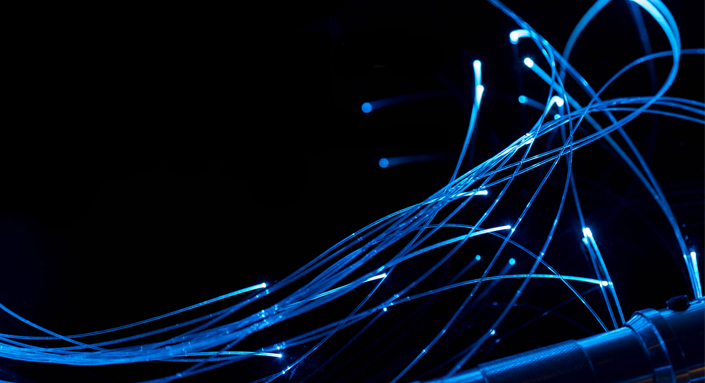
Source: Fibre2Fashion
This document gives the importance of nanotechnology in the field of textiles. The author has done a study on the different sectors of textiles where nanotechnology is introduced. The study reveals that nanotechnology is emerging in every field of life and is based on the principles of simple to complex. The study also highlights the benefits of nanotechnology in textiles.
Introduction:
Nano- The word nano means "dwarf" in Latin, as per the scientific dictionary Nano means "very small or at a microscopic level, one billionth of a second"
Nanotechnology is the study and application of small things that can be used widely in fields of engineering, science, chemistry, physics, biology etc. Nanotechnology was first introduced to the world of science by physicist Richard Feynman at an American Physical meeting at California Institute of Technology on 29th Dec 1959, the talk title being "There's plenty of room at the bottom"
K. Eric Drexler is credited to popularize the word" nano technology in the 1980s also known as the "Founding father of nanotechnology"
A more generalised description of nanotechnology was subsequently established by the National Nanotechnology Initiative, which defines nanotechnology as the manipulation of matter with at least one dimension sized from 1 to 100 nanometres.
Everything on this Earth is made of atoms, our food, our clothes, plants etc and of course ourselves. Scientists involved in nanotechnology have adapted or rather mimicked the nature's way to develop products which have advantages as well as added benefits in terms of performance, functionality, and durability.
Textiles and Nanotechnology:
Concept of nanotechnology used in textiles on fibre and fabric is nothing but adapted from nature. E.g. how the lotus leaf stays dry in spite of being in water. The same way fabrics are modified so as to repel soil, dirt, etc and to remain clean and fresh using the nanotechnology principle. The nature has its in -built nanotechnology like the lotus leaf which repels water from its surface and hence the water droplets are seen on the upper surface, all this is done by the waxy nano leaf fibres growing on the outer surface of the leaf. Man studied this art of nature and used the same technology on the surface of the fabrics and has created special smart fabrics, to repel soil, dirt and remain clean and fresh forever. The Teflon principle of nanotechnology is a way of creating dirt free fabrics.
Nanotechnology in textiles is used to develop desired textile characteristics, such as high tensile strength, unique surface structure, soft hand, durability, water repellence, fire retardance, and antimicrobial properties.
This technology is used in various sections of the textile industry: at the fibre stage, surface finish to fibre, Fabric stage (surface finish) or garment stage.
NanoFibres: Electro spinning is the process for nanofibres fabrication, which has patents extending back to the early and mid-1900s. In the process, electrostatic forces are used to draw a solution or melt polymer fluid into a fibrous form. Depending on the materials system and processing conditions, resulting fibres can range from several microns to less than 100 nanometres. Fibres used in the textile industry are notably improved by nanotechnology; one example is nanocellulose, which combines low cost, lightweight, electric conductivity, environmentally friendly resources and high resistance, thus opening an immensely vast scope of possible applications, nanotechnology-enabled apparel can both protect the wearer from pathogens, toxic gases, and other hazardous substances, benefiting the medical and rescue services as well as in the military, and allow the constant monitoring of body functions in applications ranging from regenerative activities to the enhancement of the quality of life of sufferers of long-term diseases.
Surface Modification: Fibre stage/fabric Stage
Surface modification is used to impart unique properties to fibres and fabrics. It is also an area that raises the most scrutiny as to whether or not the technology can actually be considered nanotechnology based on the modification process and the coating thickness.
Applications range from water and stain repellence, wrinkle resistance and flame retardation to high-tech applications such as microbe resistance, electro-textiles - such as printed circuit boards - and chemical/biological detection and other protective applications.
Commercial applications range from the Speedo LZR swimsuit - using a cold plasma technology to repel water - to the Nano-Tex technique of pad-applying to a fabric or dip/spray-applying to a garment with solution containing particles to create so-called nano-whiskers on the surface of a cotton fibre. The biggest issue with surface modification, especially in older technologies, is longevity. Many coatings become depleted as a function of wear, or abrasion, and washing. Therefore, nanotechnologies employing strong bonding
